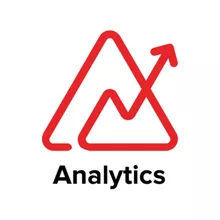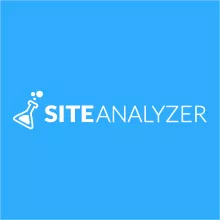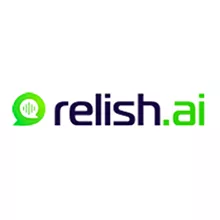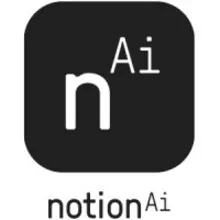Enterprise analytics and mobility platform
What Is Big Data, Exactly?
Businesses utilize big data to automate operations, identify high-level trends, and develop new goods or services. On the other hand, standard data sets are usually more homogeneous, simpler, and less useful.
Big data is built around three principles known as the Three V's:
- Volume: The total amount of data gathered from various sources.
- Variety: Variety in data formatting (structured versus unstructured)
- Velocity: The time it takes for data to be received and processed.
Big data takes more complex software and computer capacity to analyze than standard data sets, so a company that wants to use it should be prepared to invest more in technology and IT people.
Big Data Analytics
The techniques and tools used to evaluate massive, heterogeneous data collections are big data analytics. Big data analytics tools may be used to handle structured, unstructured, or semi-structured data from various sources. Big data would be hard to handle without these technologies. Big data analytics approaches and technologies are used in data visualization, business forecasting, and data-driven decision-making and processing of data collections. Unlike typical data technologies, these solutions go one step further by providing context and meaning to the raw data. Big data analytics technologies, rather than being a repository of individual information, assist companies in seeing the wider picture that data produces.
What are the advantages of utilizing Big Data Analytics?
- Making Better Decisions: Big data is used in various ways by businesses to better their B2B operations, advertising, and communication. Big data is primarily used by many organizations, including travel, real estate, banking, and insurance, to improve their decision-making skills. Because big data provides more information in an accessible manner, businesses may use it to make accurate judgments about what customers want and don't want and their behavioral patterns.
- Reduce business process expenses: According to surveys done by New Vantage and Syncsort (now Precisely), big data analytics has greatly reduced company expenditures. New Vantage's poll found that 66.7 percent of respondents had started leveraging big data to cut costs. Furthermore, Syncsort's survey respondents said that big data solutions helped them save expenses and improve operational efficiency by 59.4 per cent.
- Detection of Fraud: Big data is used by financial institutions in particular to detect fraud. Data analysts employ machine learning techniques and artificial intelligence to spot abnormalities and transaction patterns. These anomalies in transaction patterns indicate that something is out of order or that there is a mismatch, which can lead to fraud. Fraud detection is crucial for credit unions, banks, and credit card issuers to identify account information, materials, or product access. In addition, early detection of scams may help any company, particularly banking, better serve its consumers before something goes wrong.
- Productivity has increased: According to a Syncsort poll, 59.9% of respondents said they used big data analytics technologies like Spark and Hadoop to boost productivity. As a result of the increased efficiency, they have enhanced client retention and increased revenue. In addition, modern big data technologies assist data scientists and analysts in effectively analyzing enormous amounts of data and provide a rapid overview of additional information. This improves their productivity as well.
- Customer service improvements: Businesses may use the information gained from big data analytics to build better-focused marketing campaigns and specific, highly tailored offerings for each client. Social media, email transactions, and clients' CRM (customer relationship management) systems are also key big data sources. As a result, it equips businesses with a wealth of information about their customers' pain points, touchpoints, values, and trends, allowing them to give superior service.























































